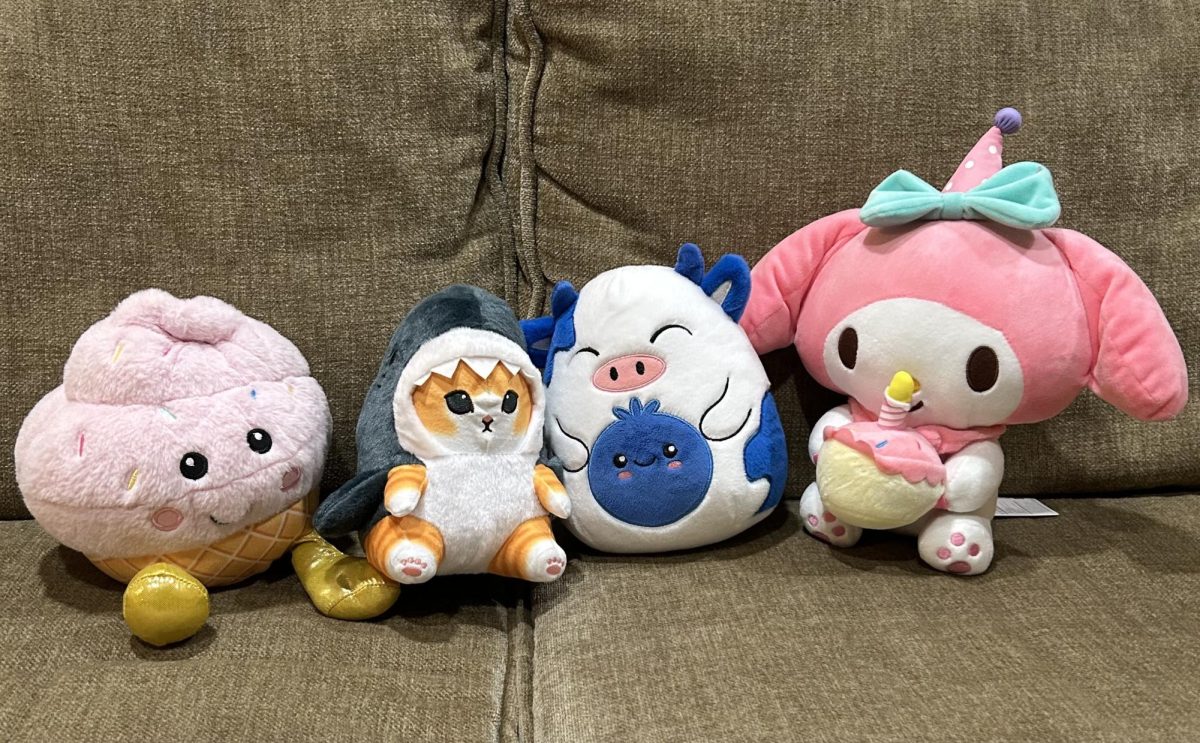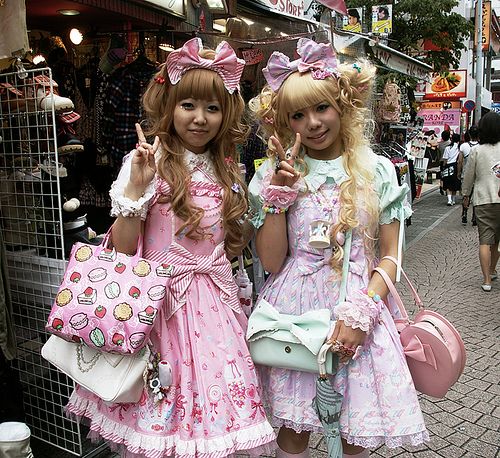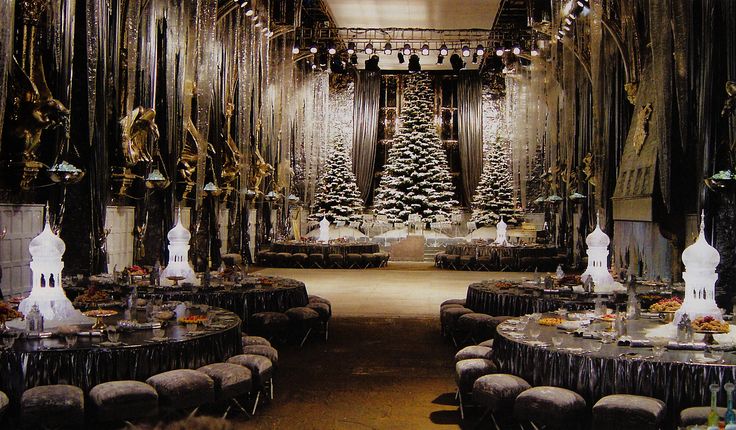What is the Lunar New Year? Generally, the New Year is considered a time for rest, renewal, and celebrations with a fresh start. The two weeks of the Lunar New Year, or Chinese New Year, are celebrated by a handful of Asian countries such as Korea, Vietnam, Malaysia, and others besides China (Smithsonian National Museum of Asian Art). The celebration is due to the historic use of the Lunar calendar, where 13 months occur in a year rather than the regular 12. The 13-month year derives from the fact that the moon revolves around the Earth 13 times, thus, the Lunar calendar. Many traditions are also rooted in legends, such as the use of red as a prominent color in the new year from the story that a mythical beast was afraid of the color. This same legend also explains the use of firecrackers for celebrating, as the noise scared the beast away (Wake Forest University).
Although legends are entertaining, the fun begins with the traditions associated with the celebration. In anticipation of the new year, families go through a rigorous routine of cleaning the house until spotless. This act represents brushing away any misfortune received during the previous year in preparation to receive good luck. The importance of cleaning, or in this case lack thereof, follows after the new year; it’s common to not clean or even shower at risk of eliminating the newly received fortune. To further prep the house, red-colored decorations often adorn the walls and ceilings of Chinese households; Sage Li (10) recounts, “My family decorates our home with lots of red decorations, as red in Chinese symbolizes good luck and prosperity! During this time of year, 福子图 (blessing stickers) will be seen on our doors, also paired with traditional Chinese lanterns.” As the color of luck in Chinese culture, the tradition serves as another arrangement to gain as much good fortune in the new year.
On the day of Chinese New Year, families will often gather around a table for a meal. Even with all the decorating and cleaning the weeks before, the traditions continue as the dishes served represent prosperity, riches, and happiness in the new year. Dumplings, for example, are used to promote wealth since the shape of the dumpling symbolizes the shape of money. Noodles, as the length signifies a long life. Lastly, fish because the Chinese word for fish, 魚/鱼, is a homonym for 余, which is part of a saying that means to bring money with one into the new year.
Lastly, no celebration would be complete without gifts. Red envelopes filled with money are often given to children and unmarried adults to symbolize even more good wishes for the coming new year. These pockets of money are accompanied by dragon dances, which have been featured on our campus! The family also plays a part during the two weeks of traditional celebrations since special days should be celebrated with family and honoring ancestors (National Geographic).
Chinese New Year is not a holiday whose joys should be limited to those who celebrate. Any student at YLHS can appreciate Chinese culture and cuisine by eating at nearby Chinese restaurants such as Min’s Bistro in the Yorba Linda Village Center and Tan’s House. Besides restaurants, understanding what the coming year represents is also greatly important. As the coming year is the year of the snake, according to the Chinese zodiac, the year can be favorable for those born in the year of the snake and less so for those born in the year of the rat, as snakes are rats’ predators.
Generally, this time of year is a new start for everyone. Either way, there is a chance to enjoy the fresh slate and look forward to the year. As Angela Zhou (10) says, “Chinese New Year is the time of the year where my family gathers together and we share an enjoyable evening with a variety of different dishes. I find it difficult to pick time out of my day and share quality time with my family, but Chinese New Year has given me a special day, one opportunity to do so.” The New Year, in general, is a time reserved to spend with family and eat delicious food. Chinese New Year is an opportunity for those who don’t celebrate to learn about the stories and traditions they have begun.




























